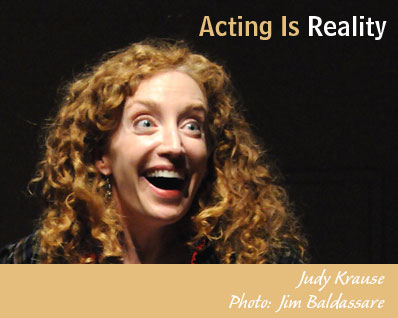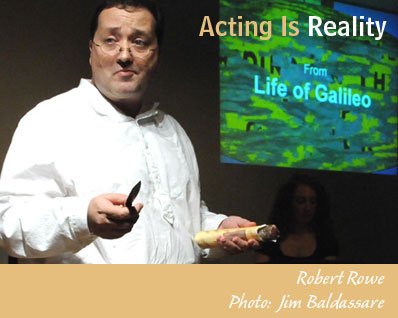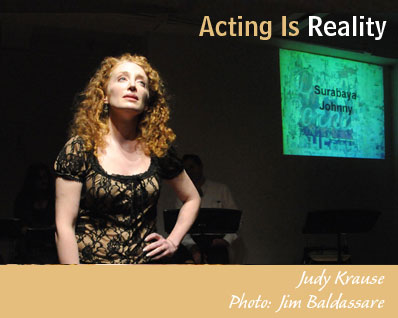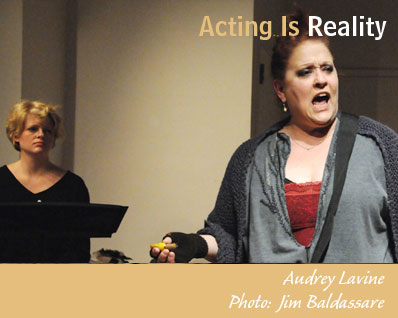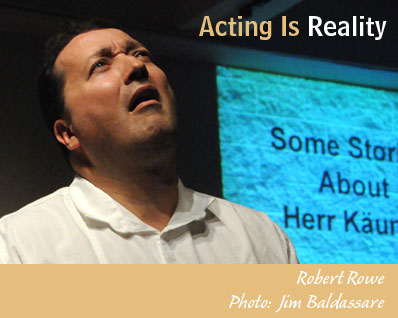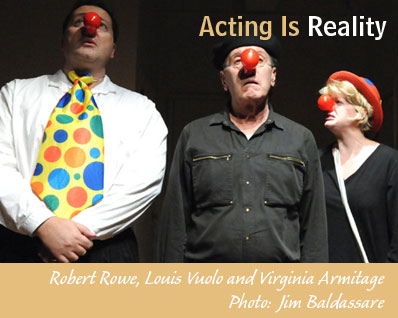Humanism and Theater
S. was a convinced humanist, and as such conducted his theatre along the road to socialism.
— Bertolt Brecht, 1952

David Mamet has said that Stanislavski’s humanism is evidenced by his recognition that on the stage as in life human beings must concern themselves with the truth of the individual moment.
For Brecht, humanism was inextricably connected to socialism and ‘realistic’ meant "laying bare society’s causal network." And Stanislavski included "legal and social conditions" among the elements that an actor should consider when using the if to bridge the gap between actor and character.
One example of this can be found in the discussion of dramatizing Chekhov’s story about a farmer who innocently unscrewed a nut off a railroad track to use for a fishing line. "... [F]or most people it will remain a funny story," Stanislavski wrote. "They will never even glimpse the tragedy of the legal and social conditions hidden behind the laughter.... To achieve this kinship between the actor and the person he is portraying add some concrete detail which will fill out the play, giving it point and absorbing action."

